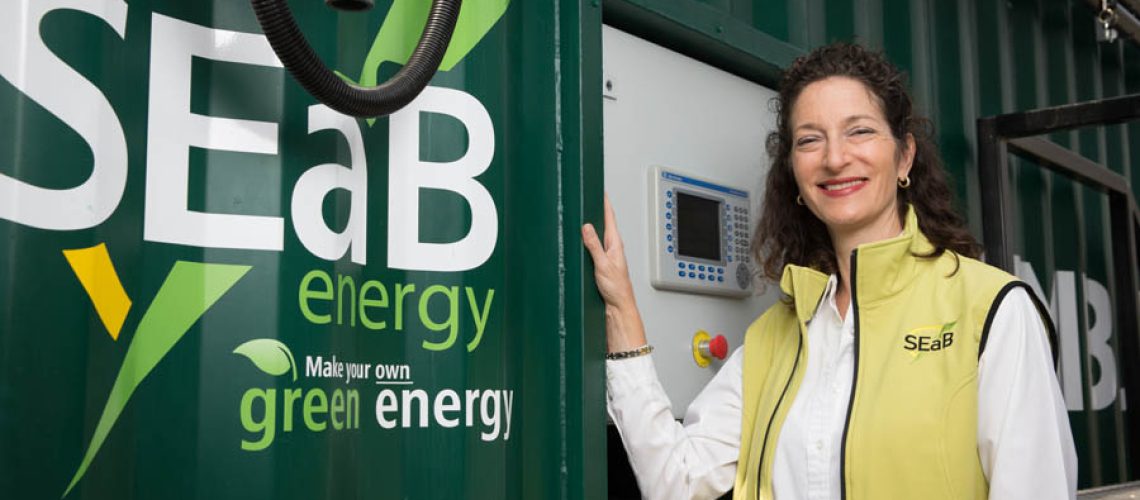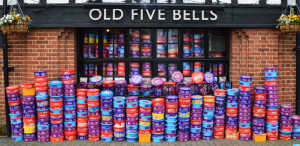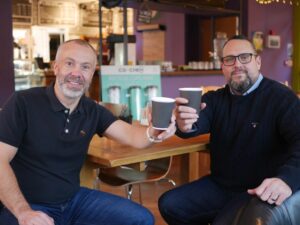Sandra Sassow, CEO at SEaB Energy, contends that local, small- and microscale anaerobic digestion can all play a crucial role in the UK’s waste and resource management strategy.
In their respective zero waste policies, both the Welsh and Scottish devolved administrations have proclaimed the benefits of adopting anaerobic digestion to process food, and other organic, waste streams as the most environmentally sound solution.
With the introduction of feed-in tariffs and a range of other financial incentives, outlined in the recently published anaerobic digestion strategy and action plan, the UK government has opened up new opportunities for AD facilities, both large and small. Growth in AD in the UK has been slow though in comparison to many other mainland European countries. Uncertain future pricing, restrictive planning permission and multiple stakeholders, resulting in complex financing and contract negotiations, have all contributed to this market’s slow development.
The recently announced localism bill, which devolves greater powers to councils and neighbourhoods and gives local communities more control over planning decisions, might also play a part. AD delivers on many levels but we need to broaden our outlook on how the technology can best be applied. In this January’s Pollution Engineering publication, respected experts Roy Bigham and Josh Foster highlighted “pre-packaged anaerobic digesters” in their list of ten top clean technologies for 2013. Indeed, numerous research studies have demonstrated that there is a significant market requirement for small- and micro- scale AD facilities (generally those with an output capacity of 250kWe and below). Their comparatively low build and running costs, together with simple maintenance and operating requirements, provide a quicker return on investment and an attractive financial proposition.
In processing the waste on the site on which it is first produced, small- and micro- scale AD assigns complete management control to the waste producer, thereby removing any exposure to unpredictable market forces and rising waste collection and disposal costs. AD at source removes the need to transport waste from one location to another which, in the current market, can involve journeys of considerable distance, burning our dwindling resource of fossil fuels and polluting our atmosphere with harmful greenhouse gas emissions. Furthermore, where the liquid and solid fertiliser and soil enrichment digestates can also be used on the same site, there is no requirement to transport the outputs of the process either, resulting in a perfect example of self-sustainability and closed loop recycling. AD in this format is scaleable across a broad range of waste processing capacities and can be built quickly to provide an immediate, turn-key solution with minimal impact on infrastructure and surroundings.
Article printed in Recycling & Waste World 28.03.13 www.seabenergy.com




